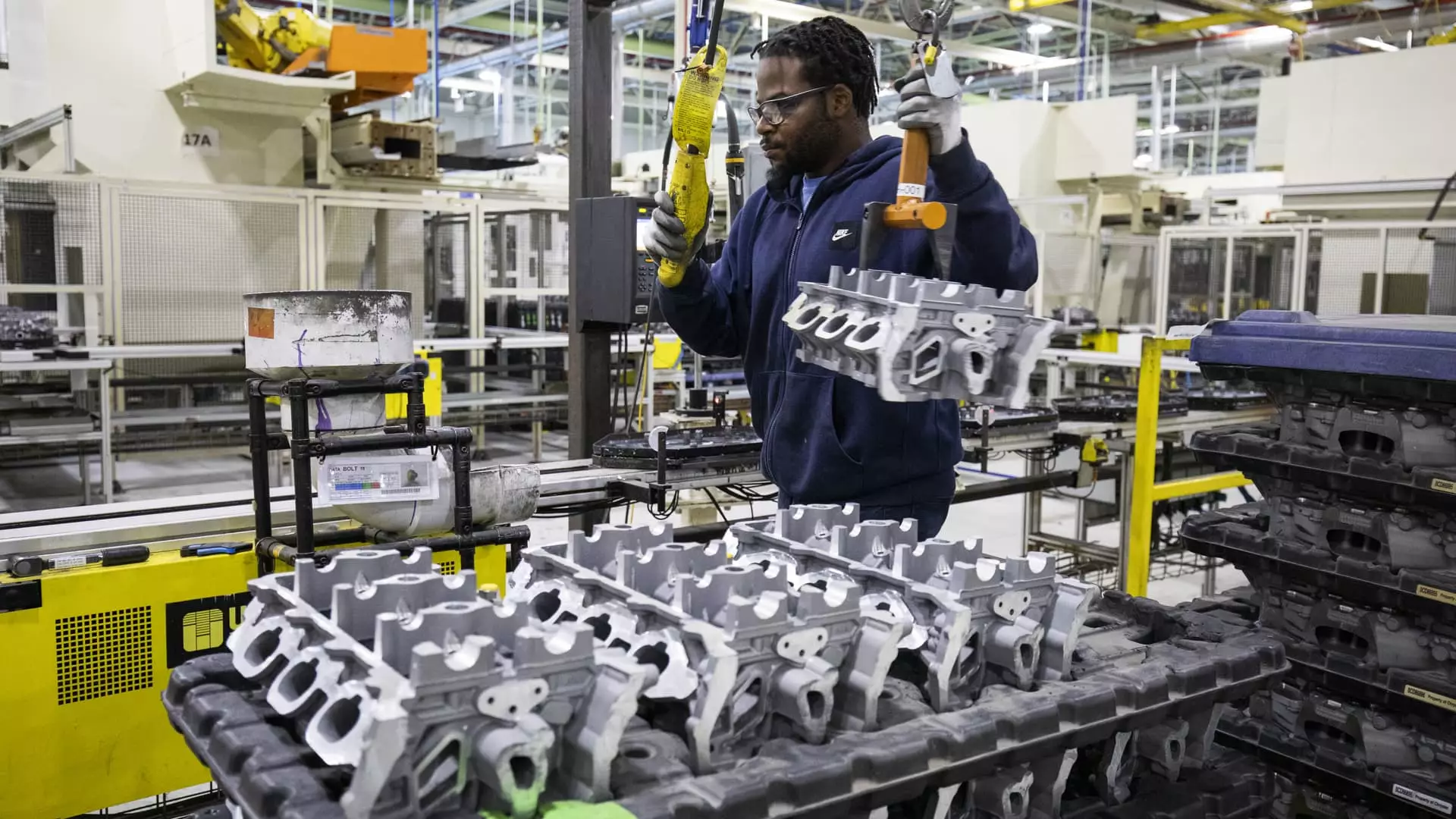In an unprecedented move, six prominent policy organizations within the U.S. automotive sector have banded together in a rare gesture of unity to lobby against the impending 25% tariffs on auto parts set to take effect shortly. This unusual collaboration includes major industry players such as the Alliance for Automotive Innovation and the National Automobile Dealers Association. Typically, these organizations operate independently and even compete for their stakeholders’ attention. However, the looming tariffs represent a collective threat that has prompted them to unite in a call for relief from the Trump administration. Their recent letter highlights a growing desperation, as they warn that these tariffs could plunge an already struggling sector into deeper chaos.
A Recipe for Disaster: The Supply Chain Dilemma
The key contention raised in their letter is the fragility of automotive suppliers, many of whom find themselves in a precarious financial state. The tariffs would impose insurmountable cost increases that could trigger a cascading series of financial failures throughout the supply chain. Executives from the agencies argue that the automotive industry simply cannot afford such a shock; with many suppliers on the brink of bankruptcy, the entire industry stands to lose stability. The risk here is not merely theoretical; past experiences such as the pandemic-induced shutdowns have already showcased how one distressed supplier can spiral into production line failures for automakers. This situation could lead to job losses for countless American workers, further amplifying the stakes beyond mere numbers.
Economic Titan Threatened
The automotive sector is not just any industry; it forms the backbone of U.S. manufacturing, supporting around 10 million jobs and contributing an enormous $1.2 trillion to the economy annually. The letter’s authors are not merely arguing for their own interests but are sounding the alarm for the entire economic ecosystem that revolves around the auto industry. When examining the broader implications, it becomes evident that these tariffs could inflict lasting harm on the American economy. As vehicle sales could decline significantly, prices for both new and used cars are expected to soar, leading to an increase greater than $100 billion across the industry. This potential upheaval raises serious questions about the administration’s understanding of the delicate balance within domestic and global supply chains.
A Glimmer of Hope Amidst Strife
Interestingly, President Trump has signaled a possible reconsideration of these tariffs, hinting at the need for a grace period for certain automakers. This comes in the light of industry executives expressing their deep concerns about transitioning from reliance on imported parts. While such willingness to revisit the tariffs offers a glimmer of hope, it underscores the critical timeframe at play. The automotive industry requires a thoughtful approach to adaptations within the supply chain, and such significant pivots cannot be made instantaneously. Even with the most fervent intentions to localize production, the reality is that moving supply chains is a colossal undertaking fraught with complications.
Industry Voices: The Ripple Effect
The auto industry’s concerns have been echoed by experts who argue that the fallout from these tariffs could resonate far beyond the direct implications for automakers. The risks extend into global supply chains with interdependent networks that are intricately woven together. By disrupting these relationships, not only will automakers suffer, but the repercussions may extend to technology providers and other peripheral sectors. It’s essential to recognize that this is not simply a matter of domestic policy; it’s about maintaining a competitive edge in the global market, which is increasingly interlinked.
Long-term Considerations: A Need for Balance
While the automotive industry has a robust and proud heritage in America, it is also at a crossroads that necessitates balance: between protecting domestic manufacturing and recognizing the intricacies of global supply chains. The current landscape is mired in uncertainty, making it more crucial than ever for policymakers to consider the broader economic implications before enacting abrupt changes. The cry for a balanced and thoughtful approach to tariffs reveals a complex tapestry of interests that cannot be overlooked. As voices from across the industry unite, there is hope that their collective plea will not fall on deaf ears.

